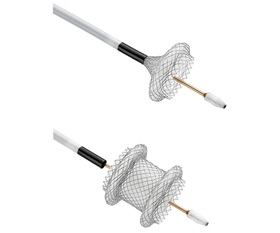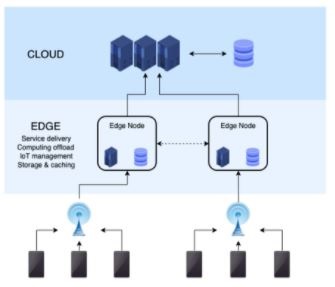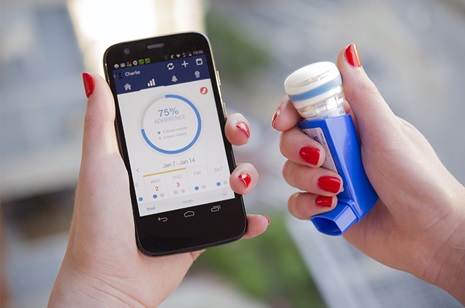Axios Stent and Electrocautery- Enhanced Delivery System
The AXIOS Stent and Electrocautery Enhanced Delivery System is the first and currently the only stent indicated for transgastric or transduodenal endoscopic drainage of symptomatic pancreatic pseudocysts and walled-off necrosis under EUS imaging guidance in the U.S., providing an endoscopic treatment option. [1] Previous available technologies for endoscopic management of pancreatic pseudocysts were not originally designed or intended for this type of treatment.
US-based medical device firm Boston Scientific has launched Axios stent and electrocautery enhanced delivery systems to manage two severe complications from pancreatitis via a minimally invasive endoscopic approach. The Axios system will assist physicians in endoscopic management of pancreatic pseudocysts and several types of walled-off pancreatic necrosis. The conditions interpret two types of pancreatic fluid collections (PFCs), which take place in 5% to 16% of patients with acute pancreatitis, and 20% to 40% of patients with chronic pancreatitis. Physicians can use the Axios electrocautery-enhanced catheter to gain access to the PFC, under endoscopic ultrasound (EUS) guidance. [2] The Axios stent will be deployed to facilitate drainage of the PFC by creating a temporary channel between the PFC and the gastrointestinal tract. It is reported that the large flanges on each end of the lumen-apposing stent decrease the risk of leakage and migration as shown in figure 1.

Figure 1: The AXIOS Stent and Electrocautery Enhanced Delivery System
Features
- Two large flanges to hold the tissue layers together
- A large diameter for effective drainage
- Fully covered to prevent leakage and to enable removal
The AXIOS Stent creates an anastomotic conduit between two lumens, enabling blockages and strictures to be bypassed and large fluid collections to be drained. [3] The AXIOS System creates a translumenal conduit between the wall of the gastrointestinal tract (e.g. stomach or duodenum) and a neighboring fluid-filled cavity (e.g. pancreatic pseudocyst). It consists of two components: the catheter-based delivery system and an implantable stent.
Advance the Stent Catheter
- Wet the catheter with sterile water or normal saline
- Insert AXIOS System & tighten luer lock
- Unlock the catheter lock
- Advance the catheter control hub
Deploy 1st Flange
- Remove yellow safety clip
- Unlock the stent lock
- Move stent deployment hub up to the #2 on the handle until it locks in place
Retract & Align the Stent
- Switch to endoscopic view
- Unlock catheter lock
- Retract the catheter control hub until 2-3mm of black marker is visible
Deploy 2nd Flange
- Unlock the stent lock
- Move stent deployment hub up to the #4 on the handle
- Confirm deployment with endoscopic view
To remove the AXIOS Stent after the implant period, [4] place an endoscopic snare over the proximal stent flange, tighten until the stent lumen is collapsed and pull the snare away from the GI wall.
References:
- https://www.bostonscientific.com/en-US/products/stents--gastrointestinal/axios-stent-and-electrocautery-enhanced-delivery-system.html
- https://www.medicaldevice-network.com/news/newsboston-scientific-introduces-axios-stent-and-delivery-system-4846859/
- https://www.bostonscientific.com/en-US/products/stents--gastrointestinal/axios-stent-and-electrocautery-enhanced-delivery-system/axios-stent.html
- https://www.bostonscientific.com/content/dam/bostonscientific/endo/portfolio-group/AXIOS/axios-cartchart.pdf
Cite this article:
Vinotha D (2021), AXIOS Stent and Electrocautery - Enhanced Delivery System, Anatechmaz, pp. 13















